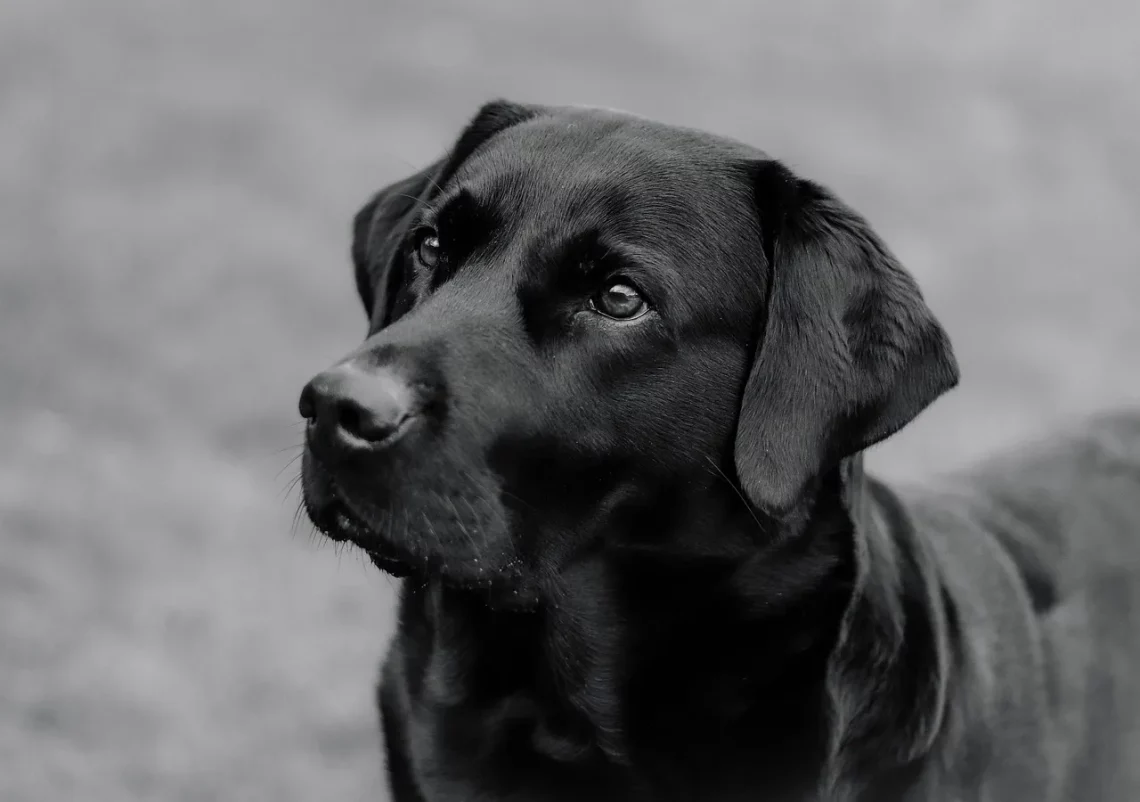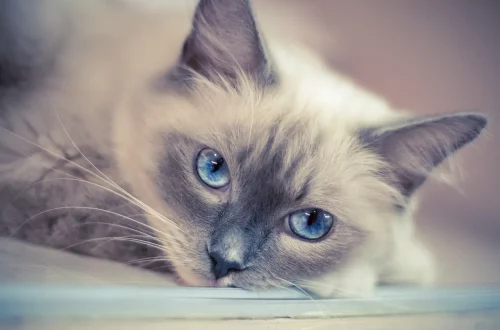
Exploring the Beautiful Colors of German Shorthaired Pointers
The German Shorthaired Pointer is a breed that captivates dog lovers with its remarkable appearance and vibrant personality. Known for their agility, intelligence, and versatility, these dogs not only excel in hunting but also make affectionate companions. One of the most striking features of the German Shorthaired Pointer is its coat, which comes in an array of colors and patterns. This breed’s unique coloration is not merely a matter of aesthetics; it reflects their heritage, breeding, and purpose.
As you delve into the world of German Shorthaired Pointers, you will discover how their stunning colors can vary widely, influenced by genetics and breeding practices. The breed’s coat is typically short and dense, providing protection in various environments, which further emphasizes the importance of color in their overall appearance. The German Shorthaired Pointer’s coat is not just a visual delight; it also serves functional purposes, enhancing their capabilities as hunting dogs.
Understanding the significance of their colors can deepen your appreciation for this breed and help potential owners make informed decisions. Whether you are considering adding a German Shorthaired Pointer to your family or simply admire them from afar, the vibrant colors of these dogs truly add to their charm and allure.
The Color Palette of German Shorthaired Pointers
German Shorthaired Pointers are celebrated for their distinctive coat colors, which primarily include liver, black, and combinations of these hues. The breed boasts a variety of patterns, such as solid colors, patched, and ticked, allowing for a unique aesthetic appeal in each individual dog.
Liver is the most common color for German Shorthaired Pointers, often appearing in varying shades from light to dark. This rich, reddish-brown hue is not only visually striking but also portrays the breed’s energetic and warm personality. Black, while less common, adds an elegant touch to the breed, offering a sleek and polished look.
In addition to solid colors, many German Shorthaired Pointers feature a combination of liver and white or black and white patterns. These dogs may display a “pied” pattern, characterized by large patches of color mixed with white, or a “ticked” pattern, where small spots of color are scattered throughout the white areas. This variety in patterns adds to the breed’s charm and individuality, making each dog a unique work of art.
The genetics behind these colors and patterns is fascinating. The breed’s coloration is influenced by various genes, which determine the presence and distribution of pigments in the coat. Breeders often select for specific traits, leading to the diverse range of colors and patterns seen in German Shorthaired Pointers today. Understanding the genetic background of these dogs can provide insights into their appearance and temperament, helping potential owners appreciate the breed’s complexity.
The Meaning Behind the Colors
The colors of German Shorthaired Pointers are not just for show; they also carry historical significance. Each color can be linked to the dog’s lineage and breeding purpose. For instance, the liver color is deeply rooted in the breed’s history as a hunting dog, associated with traits such as endurance, versatility, and a strong work ethic.
Historically, German Shorthaired Pointers were bred to be all-purpose hunting dogs, capable of tracking, retrieving, and pointing game. The coat colors were selected not only for aesthetic appeal but also for practicality in various hunting environments. For example, darker colors may provide better concealment in certain terrains, while lighter shades can be advantageous in open fields.
Moreover, the varying patterns found in this breed can indicate specific characteristics. Dogs with ticked or patched coats may exhibit different behavioral traits compared to those with solid colors. While these correlations are not strict rules, they can offer insights into the dog’s potential abilities and temperament.
Understanding these meanings can help prospective owners choose a German Shorthaired Pointer that aligns with their lifestyle and preferences. Whether you are looking for a dog to accompany you on hunting trips or a loyal family companion, knowing the significance of their colors can guide your decision-making process.
Grooming and Care for Optimal Coat Health
Maintaining the vibrant colors and health of a German Shorthaired Pointer’s coat requires proper grooming and care. While their short, dense coat is relatively low-maintenance compared to long-haired breeds, regular grooming is essential to keep it in top condition.
Brushing your German Shorthaired Pointer at least once a week can help remove loose hair and dirt, preventing matting and promoting a healthy shine. During shedding seasons, more frequent brushing may be necessary to manage the increased hair loss. A rubber grooming mitt or a slicker brush can be effective tools for this task, ensuring that your dog’s coat remains clean and vibrant.
Bathing should be done as needed, depending on your dog’s activity level and exposure to dirt. Over-bathing can strip the coat of its natural oils, leading to dryness and dullness. It’s advisable to use a mild dog shampoo specifically formulated for their skin type to maintain coat health.
In addition to regular grooming, proper nutrition plays a vital role in maintaining the coat’s color and texture. A balanced diet rich in essential fatty acids, vitamins, and minerals can promote a healthy coat. Consult with your veterinarian to determine the best diet for your German Shorthaired Pointer, ensuring they receive the nutrients needed for optimal health.
Lastly, regular veterinary check-ups are crucial for monitoring your dog’s overall health, including skin and coat condition. Any sudden changes in coat color or texture may indicate underlying health issues, so it’s essential to keep an eye on your dog’s physical condition and seek professional advice when needed.
The Bond Between Coat Color and Personality
Interestingly, some dog owners and trainers believe that a dog’s coat color may be linked to its personality traits. While scientific evidence in this area is limited, anecdotal observations suggest that different colors may correspond with certain behavioral tendencies.
For example, some owners report that liver-colored German Shorthaired Pointers tend to be more affectionate and eager to please. These dogs often display a warm and friendly demeanor, making them delightful companions for families. On the other hand, black-coated individuals may be perceived as more independent and adventurous, showcasing a strong drive and determination in their activities.
Patterns can also play a role in personality perception. Dogs with ticked coats might be seen as more playful and energetic, while those with solid colors may appear more calm and composed. However, it is essential to remember that individual temperament varies widely among dogs, regardless of their coat color.
Ultimately, the bond between coat color and personality is a fascinating area for further exploration. While there may be some correlations, each German Shorthaired Pointer is unique, with its own set of traits and characteristics. Understanding these nuances can help potential owners find a dog that fits their lifestyle and preferences, enhancing the overall experience of dog ownership.
In conclusion, the German Shorthaired Pointer is a breed that captivates with its stunning colors and unique patterns. Each hue and design tells a story about the dog’s heritage, purpose, and potential personality traits. By appreciating the beauty and significance of their colors, we can deepen our understanding and love for this remarkable breed.
**Disclaimer:** This article is for informational purposes only and should not be considered as veterinary advice. For any health concerns regarding your pet, please consult a qualified veterinarian.




